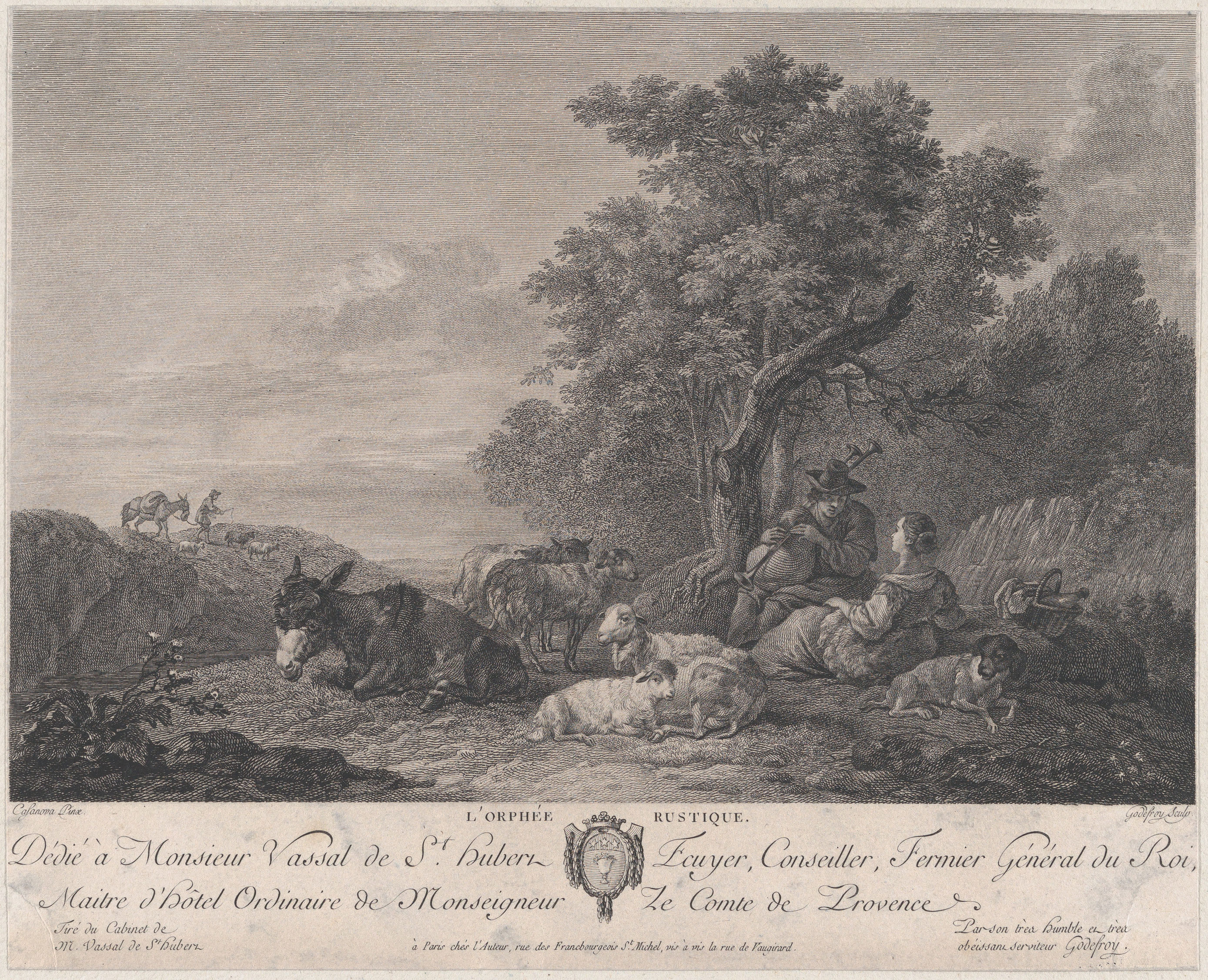Alain Badiou, Handbook of Inaesthetics, trans. Alberto Toscano (Stanford University Press, 2005).
G. W. F. Hegel, “Introduction,” in Aesthetics: Lectures on Fine Art, vol. 1, trans. T. M. Knox (Oxford University Press, 1988), 1–91.
Hegel, “Introduction.”
The full quotation reads as follows: “For a philosopher to say, ‘the good and the beautiful are one’ is infamy; if he goes on to add, ‘also the true,’ one ought to thrash him. Truth is ugly. We possess art lest we perish of the truth.” Friedrich Nietzsche, Book 3, §822, in The Will to Power, trans. Walter Kaufmann & R. J. Hollingdale (Vintage, 1968), 435. Emphasis in original.
Hegel, Aesthetics, vol. 1, 73–77.
Mikhail Lifshitz, “Estetika Gegelja I Sovremennost” (Aesthetics of Hegel and contemporaneity), in O Gegele (On Hegel) (Moscow: Grundrisse, 2012), 153–85; 172.
Benjamin Buchloh, “From Aesthetics of Administration to Institutional Critique,” October, no. 55 (Winter 1990): 105–43.
Buchloh, “From Aesthetics of Administration to Institutional Critique,” 112, 113, 128.
Keti Chukhrov, “Prostie Mashini Conzeptualizma” (Simple machines of conceptualism), Moscow Art Magazine, no. 69 (2008): 9–16.
Rosalind E. Krauss, “Towards Post-Modernism: Notes on Index,” chap. 2 in The Originality of the Avant-Garde and Other Modernist Myths (MIT Press, 1985).
Diedrich Diederichsen, On Surplus Value in Art (Sternberg Press, 2008).
Stephen Wright, Toward a Lexicon of Usership (Van Abbemuseum, 2013).
For example, see issue 21 of On Curating (January 2014), dedicated to New Institutionalism →.
Timotheus Vermeulen and Robin van der Akker, “Notes on Metamodernism,” Journal of Aesthetics and Culture 2, no. 1 (2010) →.
“Time/Bank: A Conversation with Anton Vidokle and Julieta Aranda,” Manifesta Journal, no. 14 (2012).
“AI: More than Human,” curated by Suzanne Livingston and Maholo Uchida, Barbican Center, May 16–August 26, 2019.
Paolo Virno, Multitude between Innovation and Negation, trans. Isabella Bertoletti, James Cascaito, and Andrea Casson (Semiotext(e), 2008), 17–22.
Giorgio Agamben, The Open: Man and Animal, trans. Kevin Attell (Stanford University Press, 2004).
Yuval Noah Harari, Homo Deus: A Brief History of Tomorrow (Vintage, 2015).
The text is based on a lecture given at “The Big Shift: The 1990s Avant-Gardes in Eastern Europe and Their Legacy,” a “summer school” curated by Zdenka Badovinac and Boris Groys, held at the Museum of Modern Art, Ljubljana, August 25, 2019.
